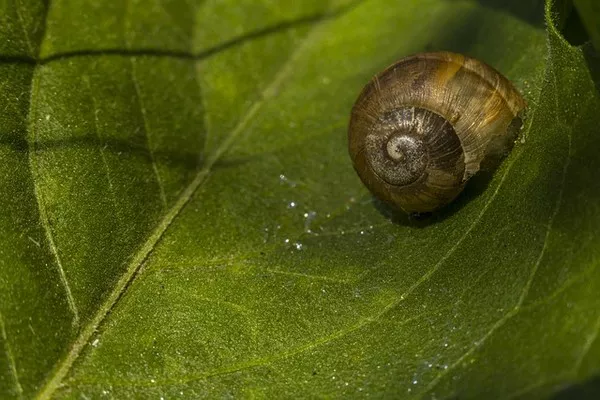Researchers from Wageningen University & Research, in collaboration with scientists from Tübingen and Norwich, have made significant progress in understanding the mechanisms of resistance in potato plants against the devastating Phytophthora infestans, commonly known as potato blight. This research is crucial for sustainable potato cultivation and reducing the need for extensive crop protection agents.
Phytophthora infestans has a remarkable ability to mutate and bypass the defense mechanisms of potato plants, leading to a constant “arms race” between the two. When the plant detects the pathogen, it triggers various defense responses to protect itself. The recognition of the disease is the first crucial step in this defense process.
Potato plants have receptors, similar to antennas, that bind to tiny pieces of Phytophthora protein, signaling the presence of the pathogen and initiating defense mechanisms. These receptors can be located either inside or outside the cell. Receptors inside the cell are encoded by specific R genes (R stands for resistance) and are commonly used by potato breeders to develop resistant varieties.
However, the problem with relying solely on R genes is that Phytophthora can adapt and overcome these defenses through mutation. Much less is known about receptors on the outside of the cell, known as PRR receptors (Pattern Recognition Receptors), which drive more general immune responses.
The research conducted by Wageningen University & Research, the University of Tübingen, and The Sainsbury Laboratory in Norwich focused on a specific type of PRR receptor called PERU, which binds to a particular piece of Phytophthora protein, Pep-13, signaling the plant to recognize the disease.
Surprisingly, the researchers discovered that PERU exhibits dynamic evolution and changes more rapidly than previously thought. This insight challenges the conventional understanding of PRR receptors, as it suggests that multiple variants of these receptors can recognize different binding molecules from Phytophthora.
The research team’s ability to trace the evolution of PERU in various wild potato species, particularly those from the Andes region, offers promising avenues for developing potato varieties with enhanced resistance. By selecting the right receptors, breeders can potentially increase a plant’s resistance to potato blight while also introducing more general defensive responses.
This breakthrough in understanding the evolution of plant immune receptors brings us closer to sustainable potato cultivation and the development of varieties that can better withstand the relentless onslaught of Phytophthora infestans.


